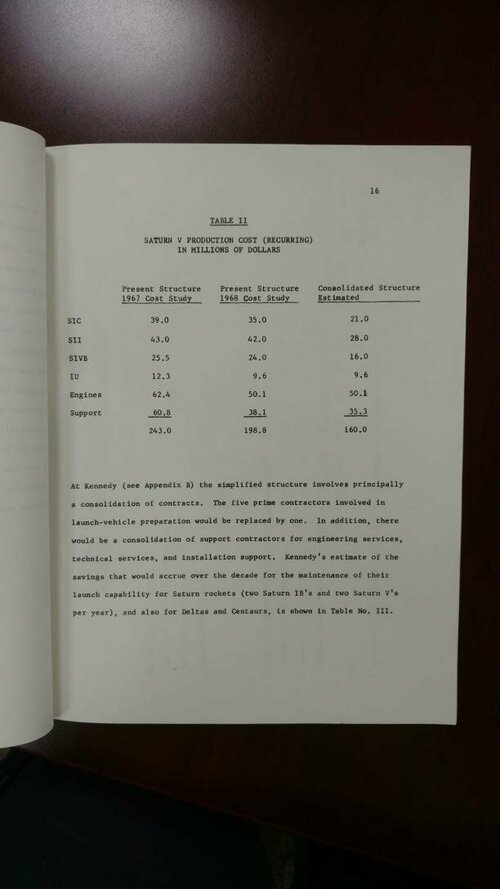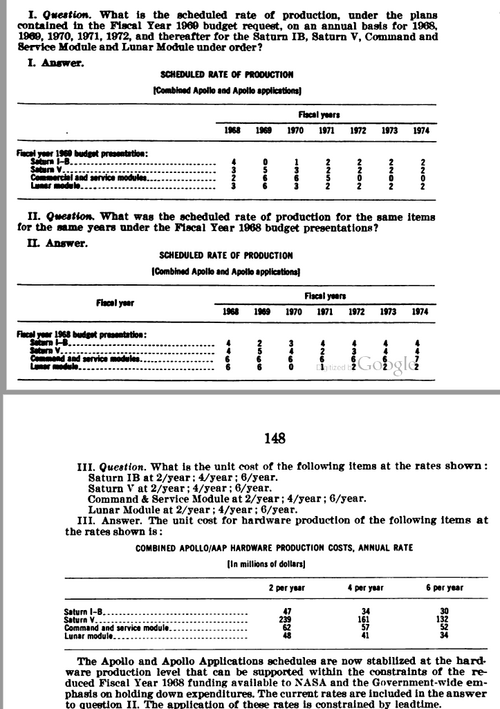Back when I first read of the Gemini variant with hatch through heatshield, my reaction was, quite reasonably, 'WTF ??'
But, apparently, it was okay...
Was a much thinner, hence much lighter, heatshield with similar 'hatchery' considered for post-Lunar LEO Apollo ? Would that have allowed a toroidal Service mini-Module and a hefty hab-module between Command and a shortened Service Module ? Said hab and short-SM modules perhaps being left docked to growing space-station while CM used its mini-SM to de-orbit ??
Didn't need it as the Apollo CM had a docking port and attachment on the nose whereas Gemini didn't

Which was kind of the whole 'problem' with Gemini it that it was never designed to actually be as versatile as it arguably was. It was meant to just be a 'larger' Mercury and kind of organically grew from there yet at the same time it wasn't really thought through since it was always going to be just a interim vehicle.
FWIW, my understanding is that Shuttle dimensions, hence design compromises, were driven by the huge 'cargo bay' demands of the NRO-ish TLAs, who wanted to loft surveillance stuff with really, really big optics etc at short notice. By cruel irony, meeting that extravagant specification delayed Shuttle so much the TLAs perforce went back to 'expendables'...
Actually the NRO (being super-secret at the time) wasn't directly contacted but as the 'face' organization for it the Air Force was and they essentially said "ya, whatever" to NASA's request for a large cargo bay and delta wings for cross range. The Air Force had no intention on actually using the Shuttle so they agreed to support NASA's requirement for a large cargo bay, (for Space Station modules) and agreed to the cross-range requirements that required the delta wings NASA wanted as well.
Several histories of the Shuttle point out that after this became known the head of the NRO (who was actually an Under-Secretary of the Air Force) asked for and met with NASA representatives and told them the Air Force "requirements" were possibly over-emphasized and that the "Intelligence payloads" likely didn't need that big a bay. Since NASA was the actual originator of the 'requirements' they ignored this in favor of the design they wanted. (Again he's "only" an Under-Secretary after all

)
It was actually pretty clear from the start to the NRO, ("intelligence" after all

) that the Shuttle was never going to have the flight rate or the accessibility being promised so they never fully committed to the Shuttle. The Air Force on the other hand once MOL and Blue Gemini was canceled, ended up embracing the Shuttle but were more aimed at getting their own orbiters and systems hence the planot build a West Coast Shuttle facility and the 'switch' of Air Force space assets to be Shuttle compatible. The NRO on the other hand pretty much designed everything to either fly on the Shuttle or (they felt more likely) an expendable.
Randy


